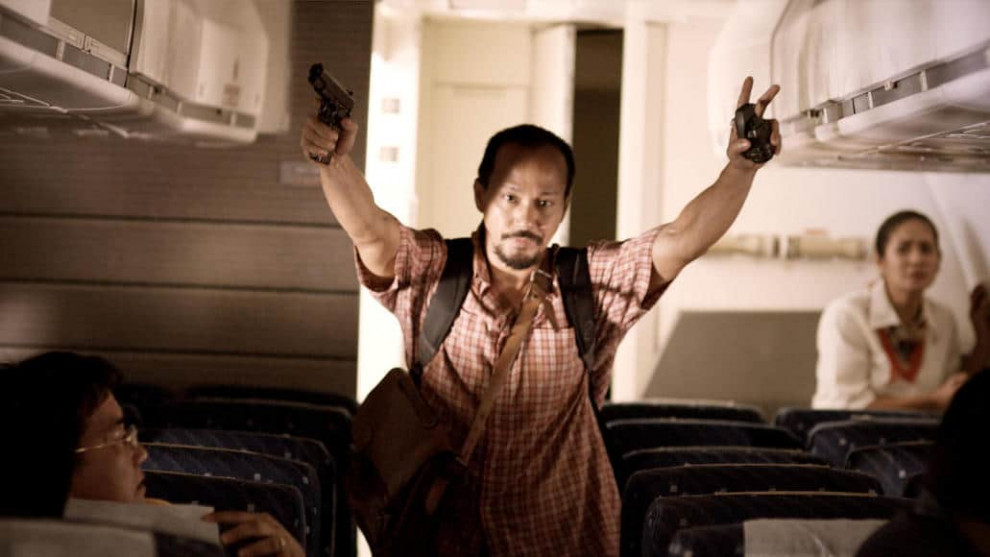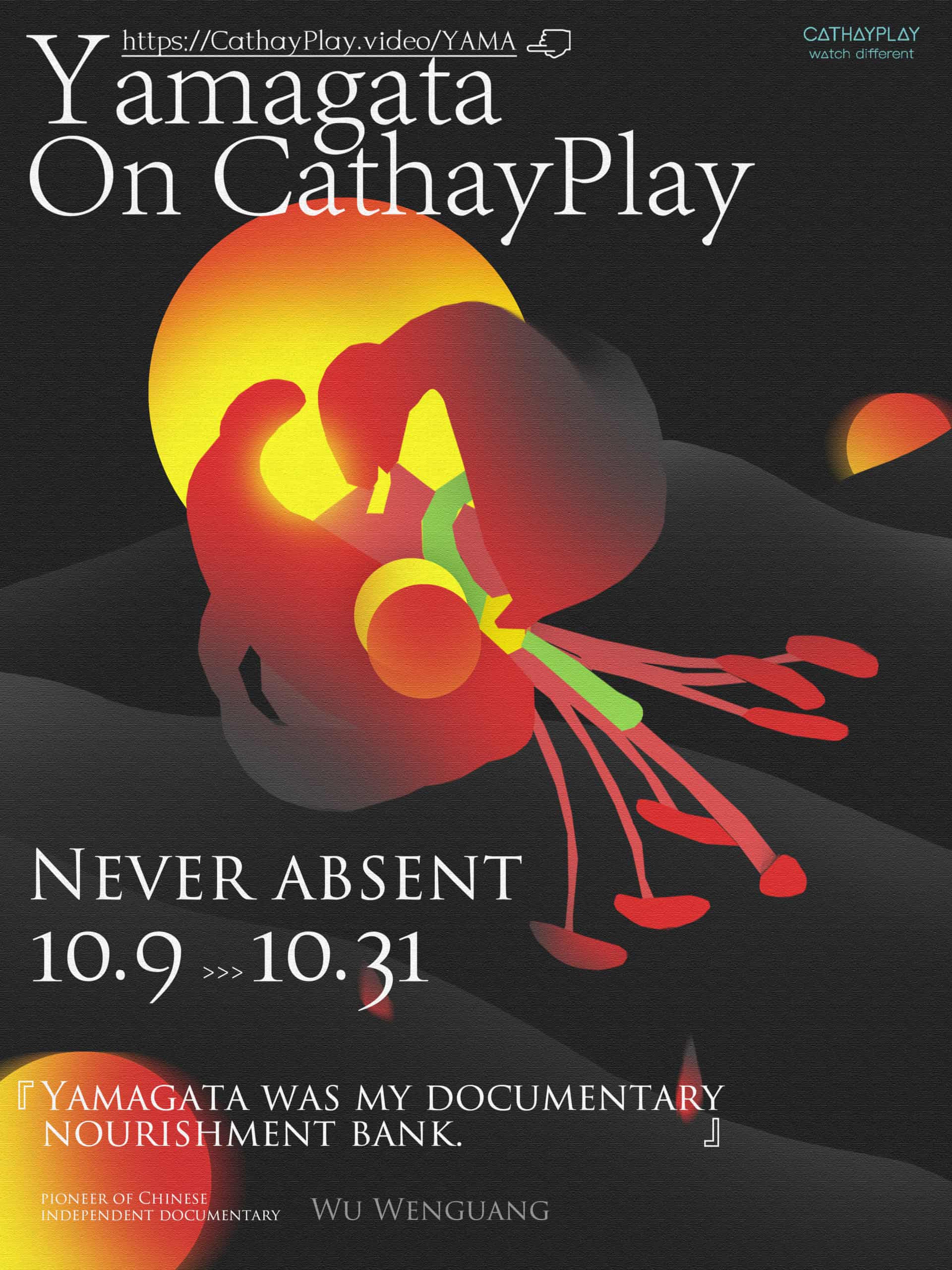Within today's film industry of the Philippines, director Raymond Red has to belong to the most important voices of his generation. After winning the Palme d'Or for his short feature “Anino” in 2000, Red began exploring the technical possibilities of the medium while also venturing deep into the fabric of his home country, its divides and its communities. In an interview from 2012, Red explains how he had planned to return to the themes and sets of “Anino” when he started preparing what would ultimately become his fourth feature film titled “Manila Skies”. Especially since the economic chasm between people in his country had widened over the years, a film set in the environment of the poor and the disenfranchised should authentically portray their situation. Red aimed to show the deep wounds, the depression and anger in a society in which many barely survive with their earnings, and young people are often forced to go abroad to make a living for themselves and their families back home.
Manila Skies is screening at the exground filmfest
Given the image the country promotes “Anino”, “Manila Skies” along with other entries in Red's body of work, put the finger on issues which have left a significant mark on society. Despite the 18 days of shooting the film, Red mentions how it took him two years to finish “Manila Skies”, a time span he used to further research and plan the film, a project he had complete control of.
Down in the streets of Manila, Raul (Raul Arellano) works as a coolie under miserable conditions and for a small wage which does not even cover his monthly rent. To add to his growing frustration, he has to ask his boss for some time off work in order to see his sick father back in his home village in the countryside. Unable to convince his boss, he finally quit his job. Without the money for the trip to his father and with dire future prospects, his frustration increases over time. His friend Crispin (John Arcilla) has been planning a way to make money as well as taking revenge on his job agent, a corrupt man who has stolen his money but so far has not brought him any job offers. Even though Raul does not want to become a thief, he has come to think whether this really is the only way to make money.
Generally speaking, “Manila Skies” is an angry film, one whose feelings of discomfort and unease fills the atmosphere of every frame. In a scene strongly reminiscent of Martin Scorsese's “Taxi Driver” we witness the inescapable truth which surrounds people like Raul every day, a reality defined by filth, violence and the TV footage broadcasting a constant stream of bad news about layoffs and misery. Even though you can clearly see this rage has to find some kind of vent, there is very little freedom gained from the inevitable outburst. Raul's vicious circle is perhaps partly due to the outside world, a system woven deeply into his character similar to a maze he cannot get out of anymore (or does not want to).
Nevertheless, the image Red draws is one of a depressing, seemingly everlasting contrast. Repeatedly showing the skyline of inner city Manila creates something resembling a mirage, a treacherous illusion unattainable to people who have become the members of a constant underclass. The maze-like structures of the setting, the use of dark colors and the static images of bureaucracy, for example, in the job agency support the image of the vicious labyrinth.
In the center of the film, Raul Arellano plays a character constantly on the edge. Starting from his first conversation with his boss at work about his father, you can see the blend of rage and suffering behind his eyes and in his presence. Considering the focus on this character, you have no way of dividing the true nature of how much of his rage is due to an exaggerated view of the misery he witnesses outside and on the TV. Interestingly, Red seems to sometimes play with this ambiguity in his main character; for example, in the careful shifts between moods, phases of calm interjected with another fit of rage. Again, the tragedy of his main character is not so much the inevitable violence, but the fact, so many seemed to be distinctly ignorant towards it.
In the end “Manila Skies” is a film, drawing a depressing image of the repercussions of poverty and a growing social divide. As much as this is a story about violence and injustice, there is a constant ambiguity at its center, about the reasons for this atmosphere, as well as a shimmer of hope on the horizon even. However, in a world which is so obviously run by capital, and less so by moral values, this also leaves a bitter aftertaste.
Sources:
1) Lee, Maggie (2009) Manila Skies – Film Review
www.hollywoodreporter.com/news/manila-skies-film-review-91895, last accessed on: 11/11/2018
2) Koo, Gaik Cheng (2012) Continuities: Philippine cinema yesterday and today
criticine.com/interview_article.php?id=33, last interview: 11/11/2018
3) www.raymondred.com/about.html, last accessed on: 11/11/2018

















